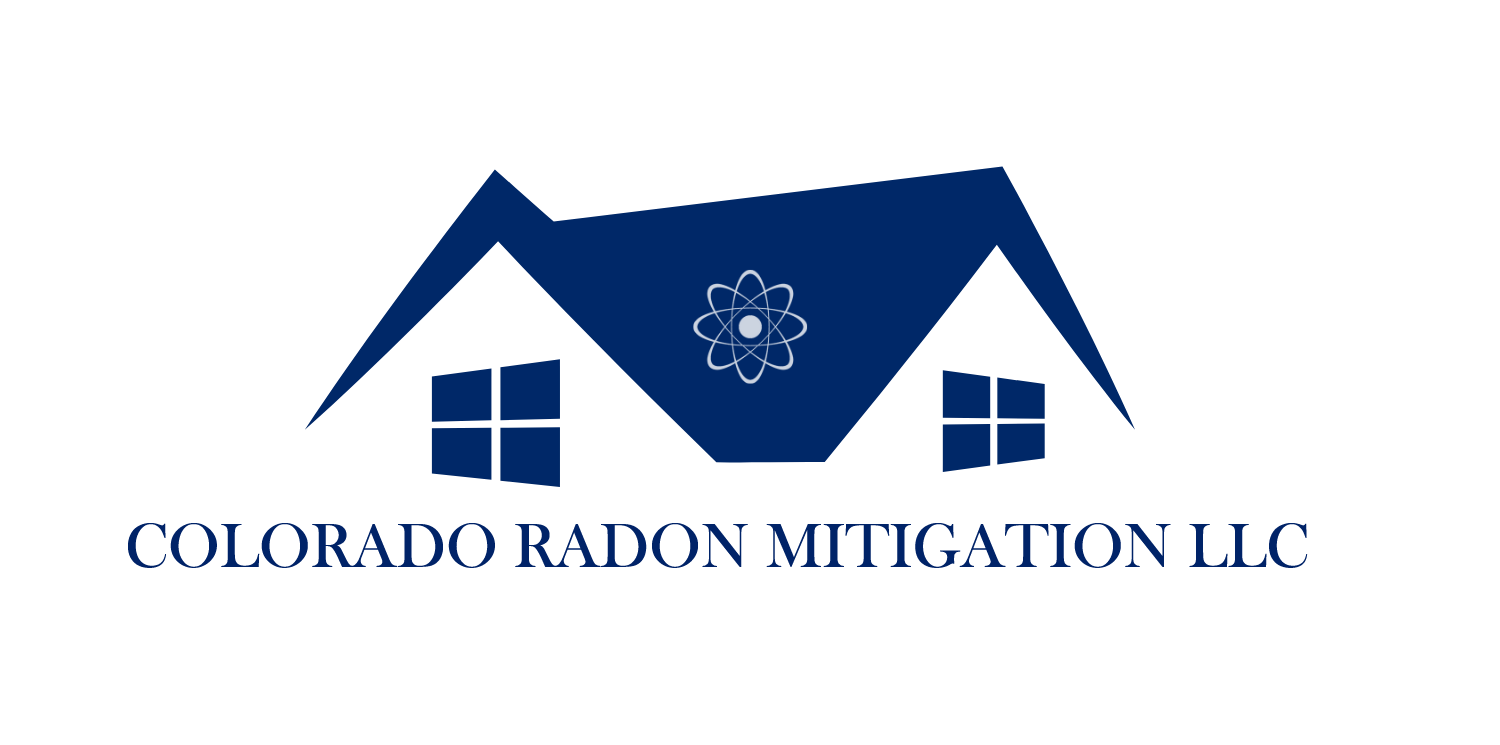Radon gas, although tasteless, odorless, and invisible, poses an enormous threat to human health and lies beneath the foundations of homes across the state of Colorado. This cancer-causing gas gets released into the air inside where we breathe and originates from the natural breakdown of uranium in the earth. Knowing radon exposure is the second-leading risk factor for lung cancer; after smoking; the people of Colorado must be educated and take action to protect themselves from this. Geological conditions in Colorado create a propensity for higher concentrations of radon.
The Science of Radon
Radon usually enters homes through its point of contact with the earth via cracks in the foundation, openings around pipes, construction joints, and, in some cases, through the water supply. Radon can also get into buildings via the water system. Basements, as well as lower levels of buildings, are usually where this cancerous radioactive gas is potentially known to accumulate and found at possibly dangerous levels. Continuously monitoring and taking control helps to reduce the risk of getting lung cancer from high levels of radon exposure.
Radon Levels in Colorado
Levels of radon have been determined to be significantly different in various locations across Colorado. This is according to the varied geological makeup of the state. Of course, there will be some areas where potential quantities of radon will remain higher than the rest, and this is because of geological features and soil compositions that remain dominant in that area. Considering that the Colorado Department of Public Health and Environment has identified some selected areas to be high-risk areas where radon exposure is concerned, the department has highly recommended that homeowners located in those areas undergo frequent tests to find out the potential extent of exposure.
Testing for Radon
There is only one method available to test for the presence of radon in your home; that is, testing is the only possibility. There are two further categories in the world of radon testing kits. The first one namely short-term radon kits, which may last for a few days to ninety days. The second one namely, long-term testing for as long as one year. The long-term test results give a better approach to real exposure to radon because of the lengthy period being covered. Still, the short-term tests are commonly used at the preliminary testing stage. Homeowners can order these kits from their local hardware stores or directly through online stores.
Interpreting Radon Test Results
Test results are expressed in picocuries per liter (pCi/L). According to the United States Environmental Protection Agency (EPA), a reading above 4 parts per million means that there is a potential to take action. Homeowners will consult the radon mitigation professionals to find out better actions to adopt if their results suggest they have high readings. By doing so, they may either seek re-testing or may proceed with rapid mitigation actions.
Radon Mitigation Techniques
There are several approaches useful in reducing the impact of radon, although the best and most used is known as sub-slab depressurization. Radon-reduction approaches append additional approaches and various other techniques to radon elimination. In this respect, a system designed to draw the gas located within the home is installed in the ground. The gas is then vented out to open conditions, with the vent pipe going through the home and directed to the roof. In addition, cracks and other openings in and from the foundation of the house can be sealed and mended, with the building’s ventilation improved. Some more techniques relate to this.
Implementing Radon Mitigation
You will be required to install a vent pipe system and implement a radon mitigation system in most instances. This system will be the one to draw radon from under the foundation and release it into the open air. A trained radon mitigator can tailor it according to the design of your home, depending on the radon readings, and this will guarantee that the system effectively reduces the radon levels.
Inspecting and Updating Your Radon Safety System

For the radon mitigation system to last as long as possible and continue to execute its job effectively, regular maintenance is required. The homeowner is responsible for checking the system’s fan regularly and replacing it if necessary. Retesting your home’s radon levels is recommended every two years or whenever there are modifications to the property to ensure human safety.
Conclusion
Know the facts about radon and what you can do to ensure the people in your living environments in Colorado are safe and healthy. Fact: With the right information, testing, and proper mitigation, radon risks can be significantly reduced. Colorado Radon Mitigation LLC is at your service to keep your residence or work safe from any danger. You need to employ professionals to keep your health and home safe from this invisible menace.

